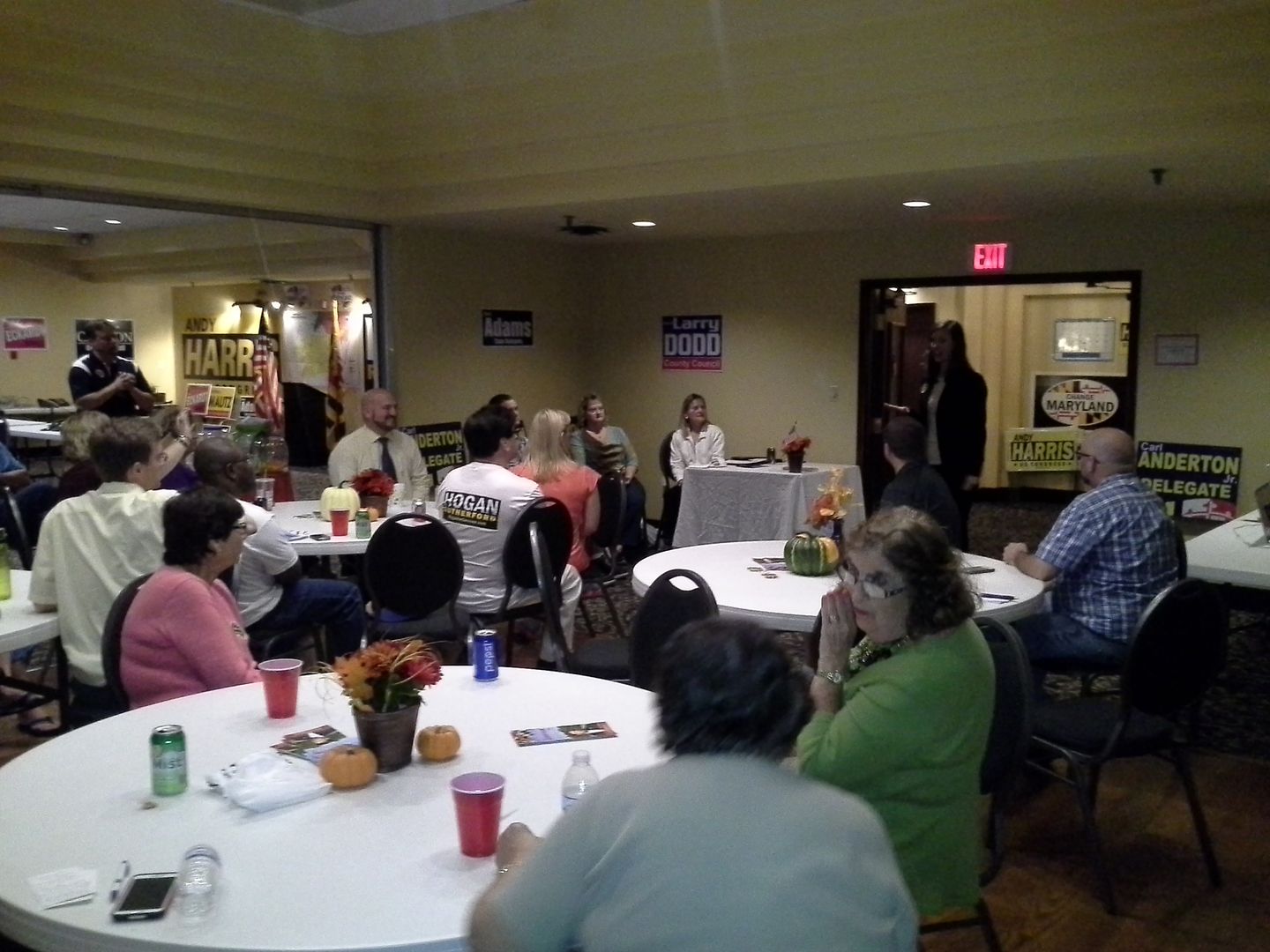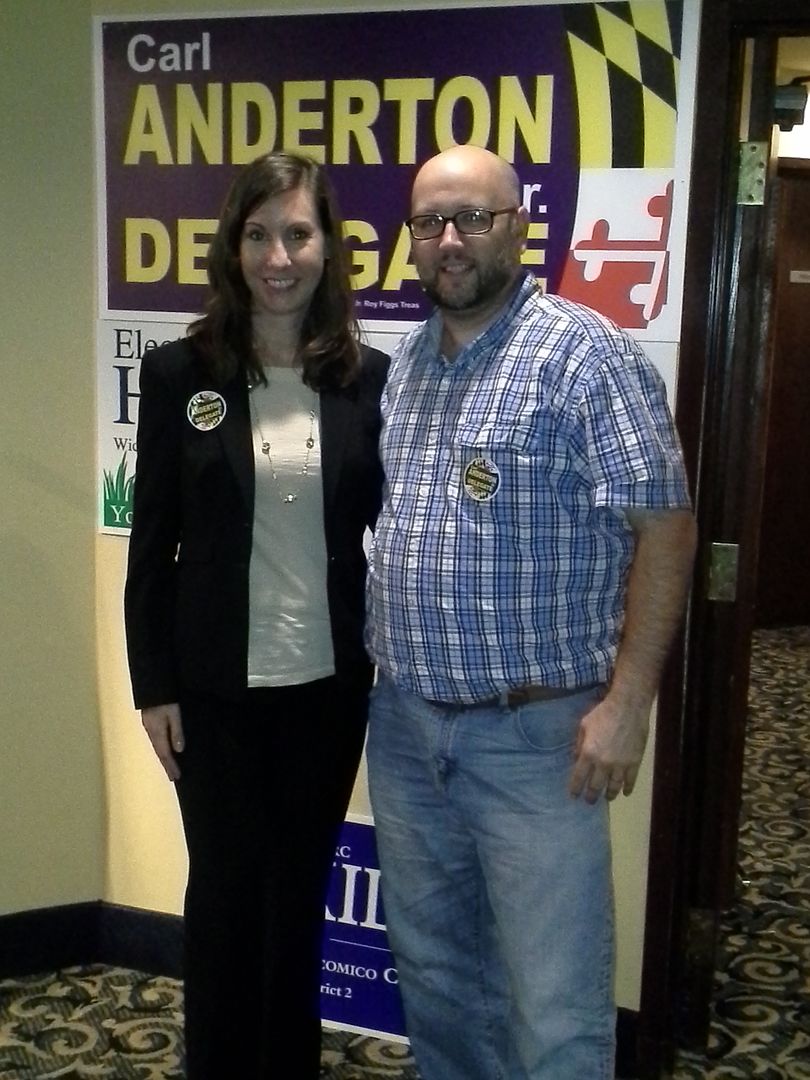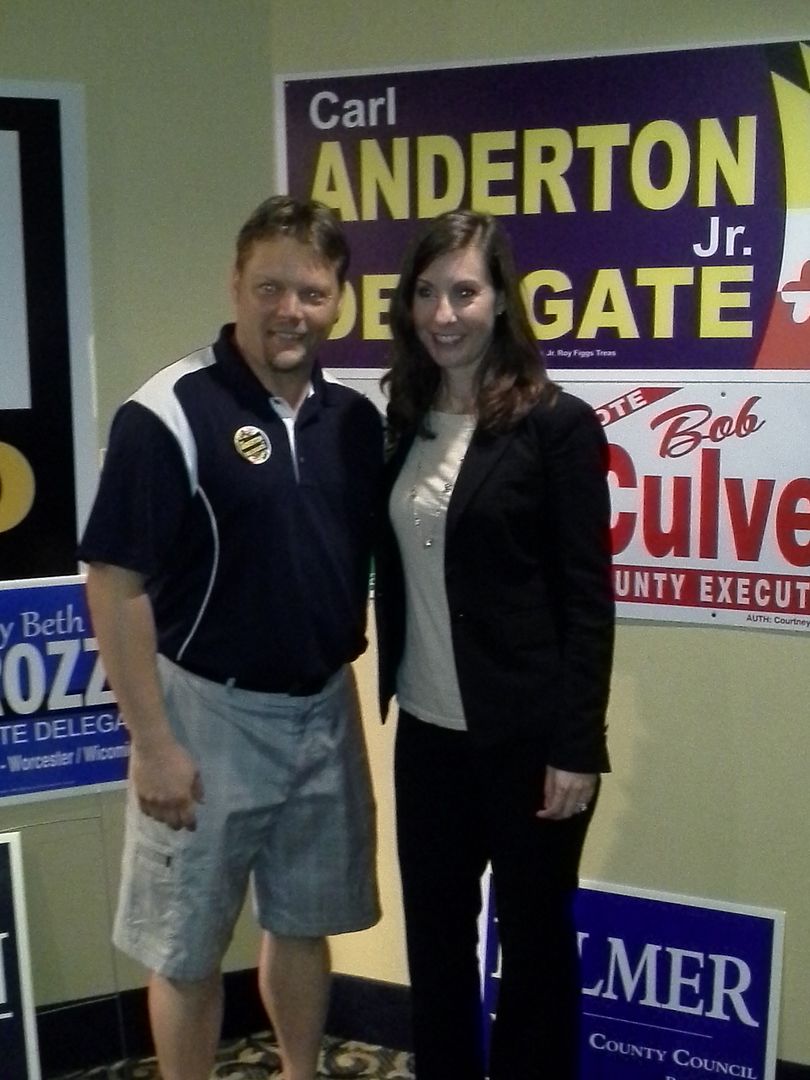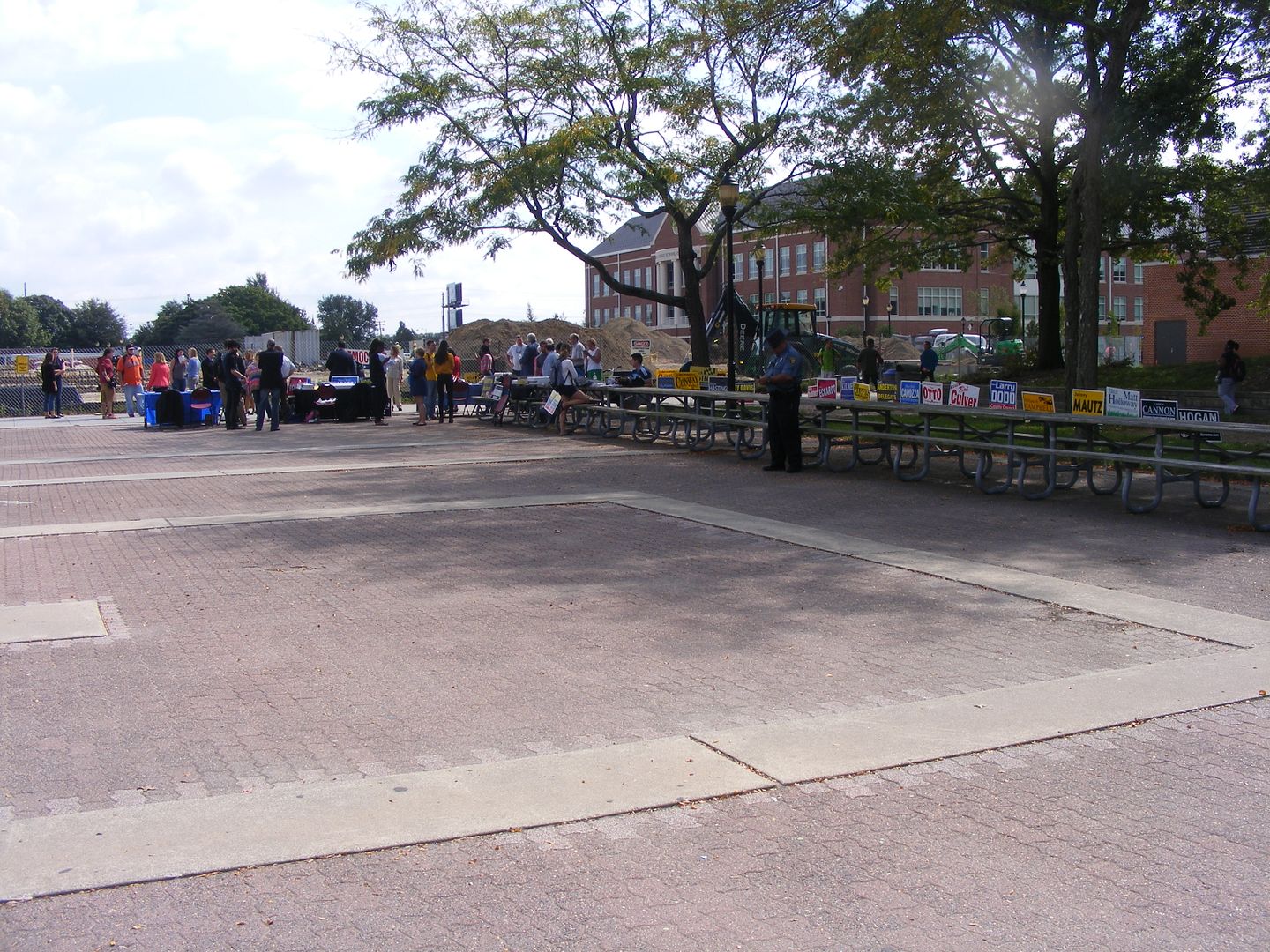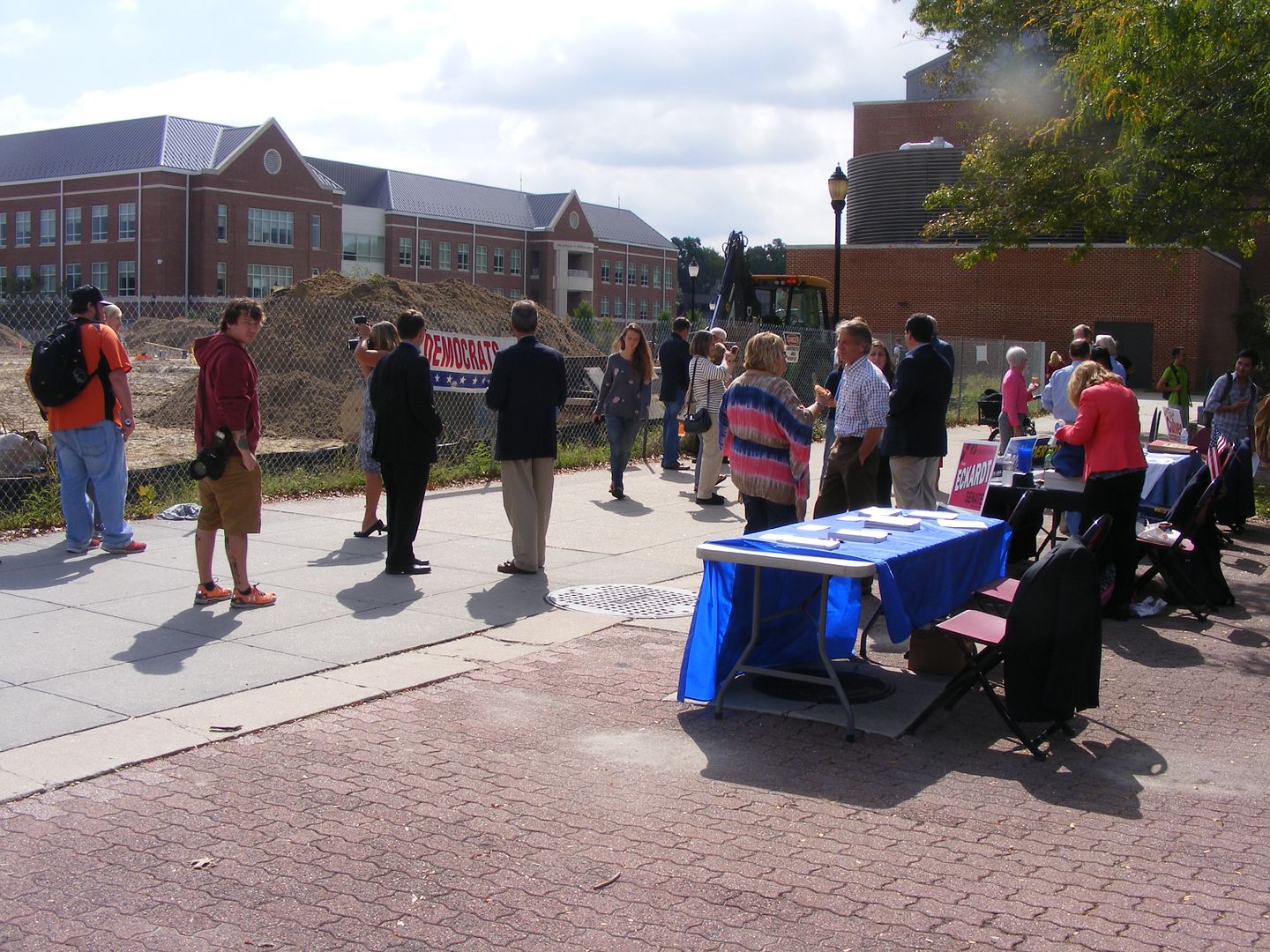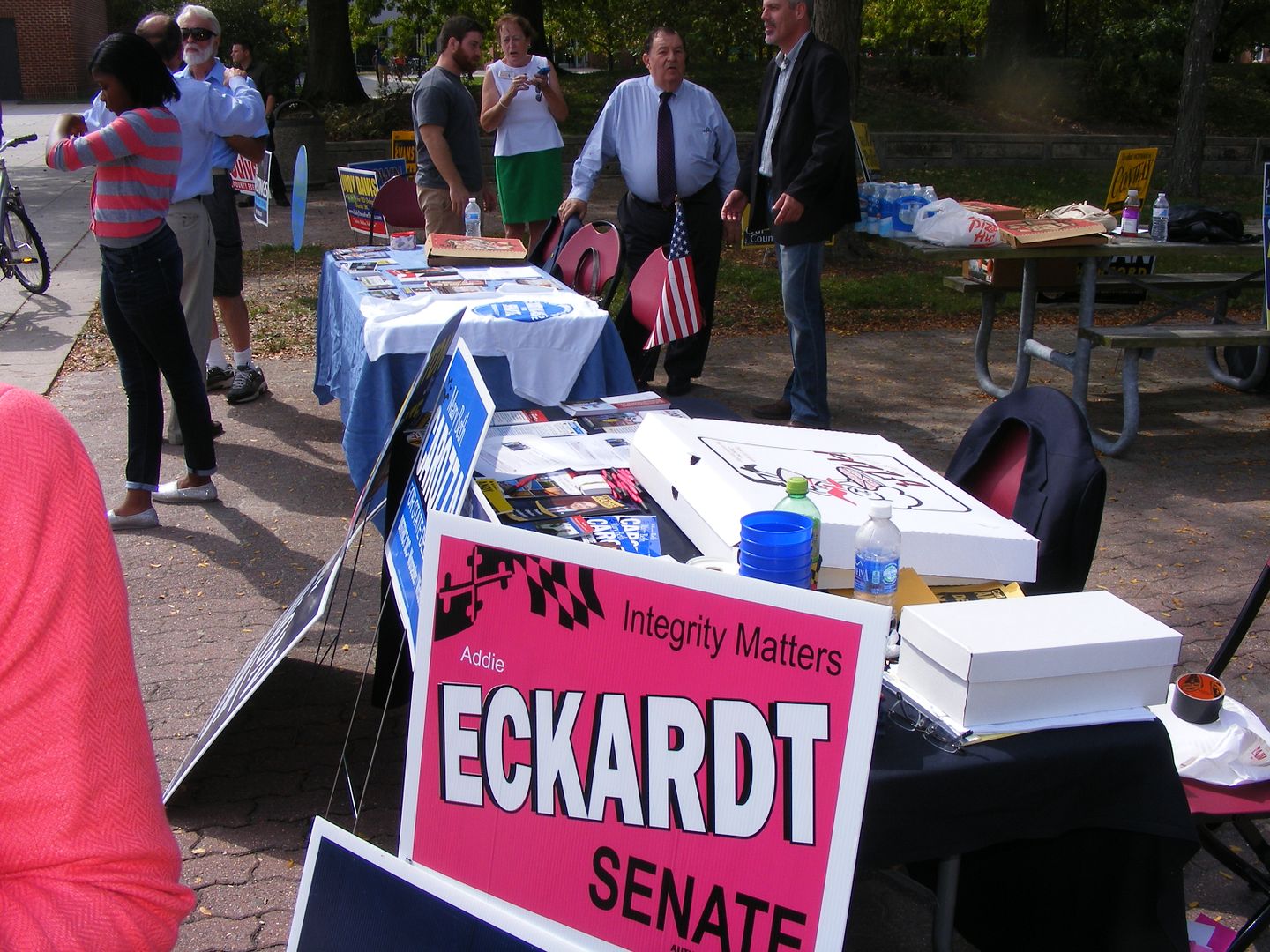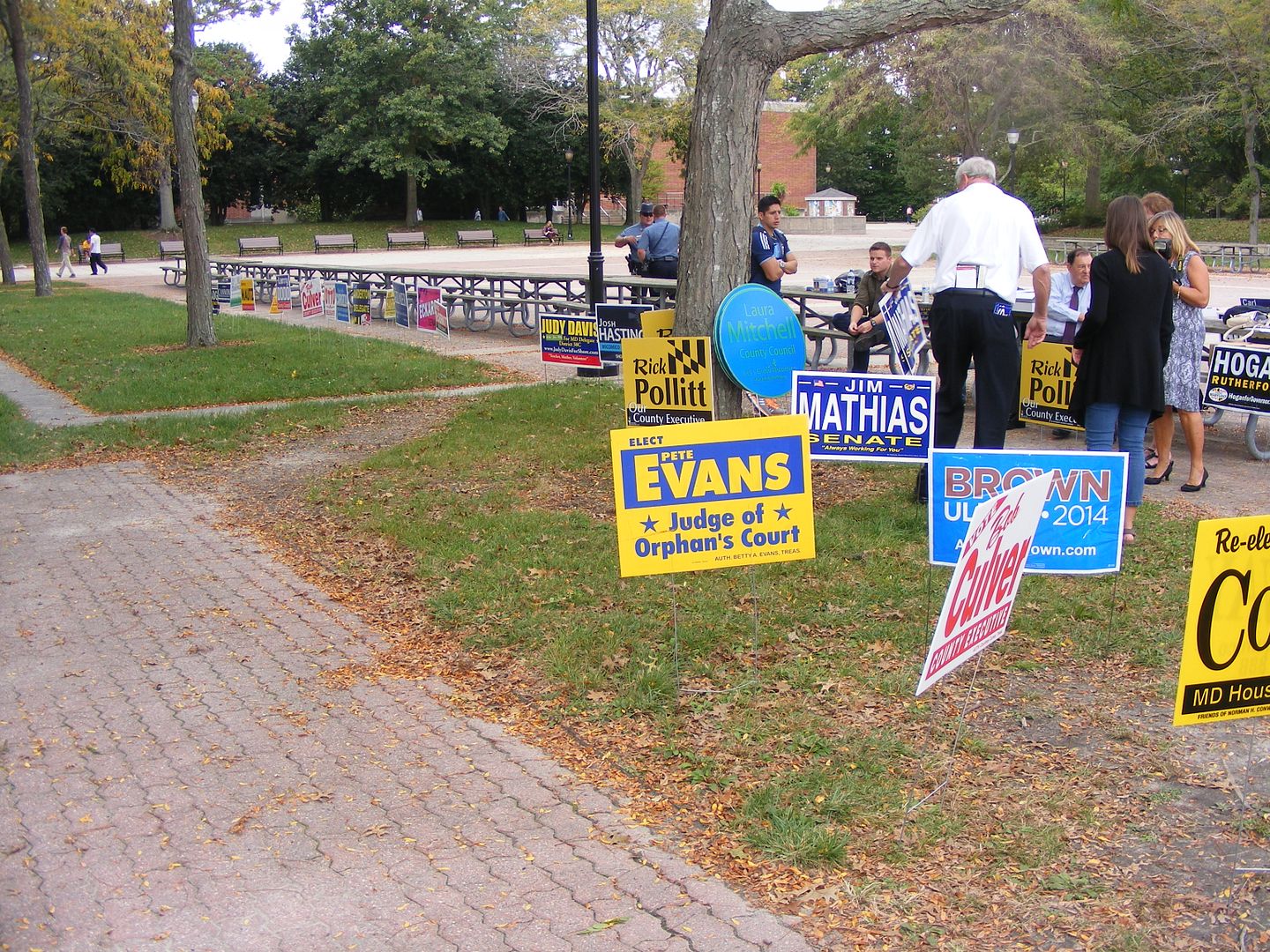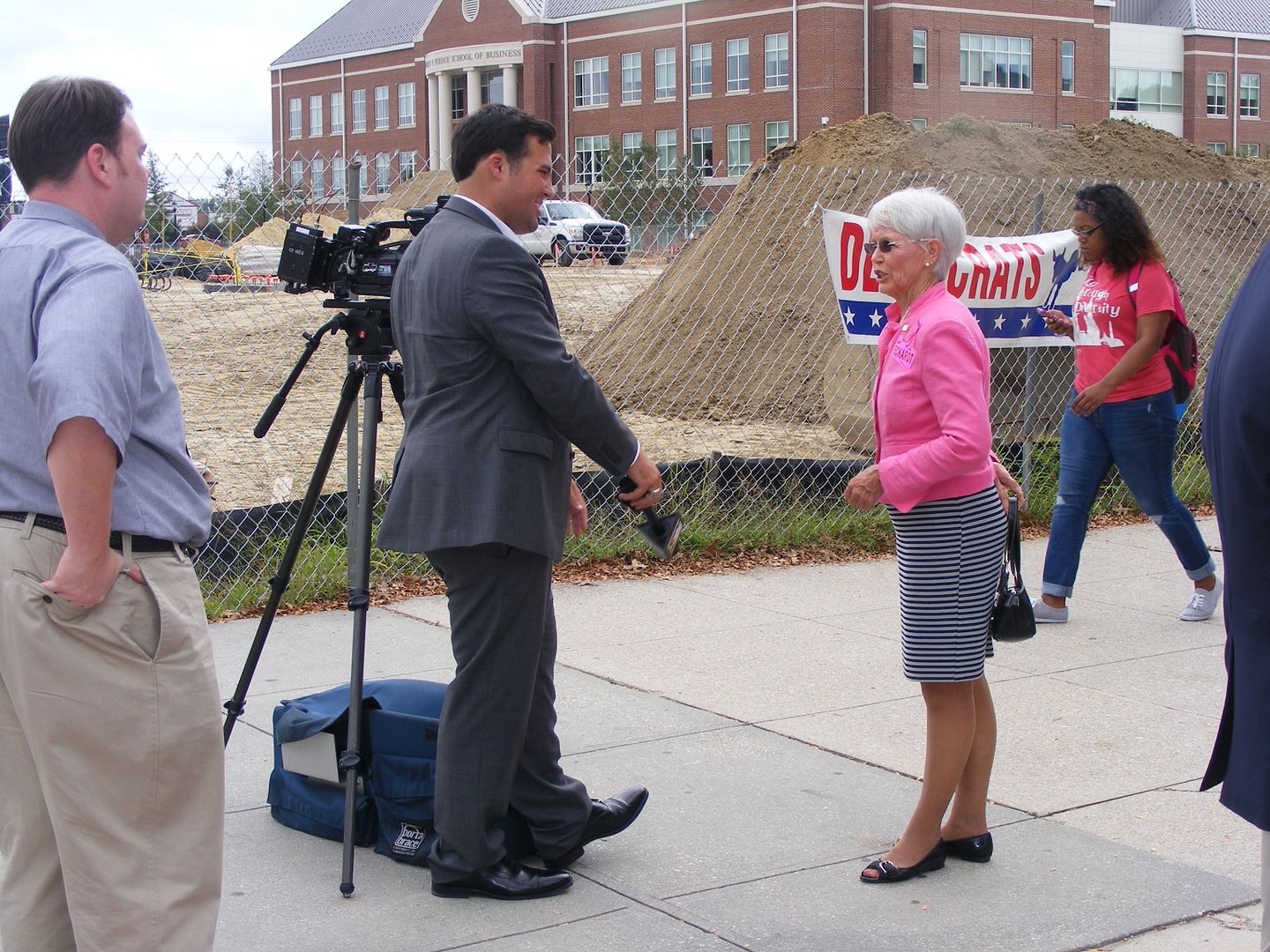Yesterday I pointed out the voting records of the two men who wish to represent those of us who live in Senate District 38, but another thing I alluded to was the disparity in amending bills. Granted, it’s rare that Democrats have to make floor motions because much of their work can be done as a collective at the subcommittee and committee level; moreover, Senator Jim Mathias sits on the Finance Committee and that committee reviewed the smallest number of bills among the four main committees in the Senate (Budget and Taxation; Education, Health, and Environmental Affairs; Finance; and Judicial Proceedings.) All but the Senate President serve on at least one of those committees. Some members also sit on either the Executive Nominations or Rules committees, but Mathias isn’t among that group.
As I pointed out, often the only way a member (particularly a Republican one) has to amend a bill going through a committee he’s not part of is via the floor and McDermott has done so on many occasions.
But another thing Mike does well is communicate with constituents, and he also has a good way of getting to the root of the issue. Take this recent example, part of a piece he wrote called “Politically Correct Farming”:
Farmers have always been the first conservationists, even though they are often the last one to get called to a “Round Table Discussion” when policy is being crafted. Those “Round Tables” are reserved for election years. Ask any farmer about fixing the Bay and they will first point to the Conowingo Dam. The next point will be to the metro core area septic plants. They would also point out that the farming community is way ahead of the mandated time lines already placed upon them by the government.
The fact is, we do not need any further mandates on the shore. We need action in the areas that are creating the problem! The areas of the Bay which receive the best environmental scores are those adjacent to the Eastern Shore; and they rest next to the shore county (Somerset) that has the highest number of poultry operations in Maryland. Go figure!
Our water does not travel from lower shore rivers into the upper Bay regions, rather it moves toward the Atlantic. In spite of the obvious, farmers are an easy lot to blame; and politicians often do so with food in their mouths.
It should be obvious that poor water quality at the Bay Bridge isn’t being caused by a Somerset County poultry farmer, but from an Annapolis point of view untreated chicken waste flows as if magnetized toward the otherwise-pristine waters of the Annapolis harbor.
Or how about another case, this regarding gambling. McDermott called this the “Capitulating vs. Negotiating” piece, from which I excerpt:
For several years, Worcester County and Ocean Downs Casino have been paying off Baltimore City and Prince George’s County. All of that money could (and should) have been utilized for local spending. When I was elected in 2010, I was keenly aware of this wealth transfer and I looked for a mechanism to bring it back home where it belonged.
That opportunity presented itself in 2012 during our 2nd Special Session when the expansion of gaming was being sought. The issue was no longer about whether or not we would have gambling, rather it was about allowing a 6th casino to be built in Prince George’s County at National Harbor. Gambling was no longer the issue.
This bill originated in the Senate and once again, I noticed that the payoffs to Baltimore City and Prince George’s County were still embedded in the legislation. There was no attempt by Mathias to remove these provisions from the bill.
When the bill arrived in the House, the Democrats were hunting for insurance votes to pass the bill. I took advantage of the situation and spoke to the leader on the bill about the possibility of my supporting it. My demand was straightforward: return the local impact money to the citizens where the casinos are located. Depending on revenues, this could amount to $2 million each year that would remain on the lower shore.
To our benefit, they agreed to amend the bill and cut out the funding for Baltimore City and Prince George’s County as soon as Baltimore’s casino was open for business. In turn, I cast a deciding vote for the National Harbor expansion. The amendment was introduced by Delegate Dave Rudolph (D-Cecil) whose county also benefited directly from these local impact grants staying on the Upper Shore in Cecil County.
I could not help but see the irony of these two separate votes from two Delegates representing the same area:
- Mathias casts the deciding vote that brings gambling to Maryland, establishes a casino in Ocean City’s backyard, and agrees to give Baltimore City and Prince Georges County $2 million of our money every year.
- I cast the deciding vote that expands gambling to Prince George’s County alone and only after seeing the bill amended to strip Baltimore City and Prince George’s County from receiving one dime of our local impact money (returning $2 million to the Eastern Shore.)
Let me state for the record that both voted for this bill, a stance with which I disagreed because it punted this responsibility to the voters instead of in the General Assembly where it belongs. One could argue that McDermott sold his vote, or it can be termed horsetrading. But what horsetrading have we received from Mathias?
I also wanted to see what those on the other side of the political spectrum think. This is from a blog called Seventh State, which is a liberal site. In handicapping the 38th District races, David Lublin wrote back in March:
Backed by Rep. Andy Harris, one of my Eastern Shore sources describes McDermott as “to the right of Genghis Khan” on both social and fiscal issues. No one would confuse comparatively moderate Mathias with a Western Shore liberal but the difference between him and McDermott cannot be missed.
Actually, I would pretty much confuse Mathias with a Western Shore liberal given the preponderance of his votes. But honestly I don’t think the 38th District at large would truly mind “to the right of Genghis Khan” because it’s a conservative district. (It’s also an interesting comparison given what we know about the Mongol ruler.) Ours is also a district which chafes at the influence of Annapolis in its affairs, and considering Mathias has received a large portion of his six-figure campaign account from PACs and out-of-area donors, you have to wonder which of these two would be fighting out of our corner.
In a recent PAC-14 interview, McDermott said, “(W)e need leaders from the shore to go up there and represent our values.” Having heard Mike McDermott speak on a number of occasions, I think he would be a great addition to the Senate because he has shown over the last four years that he does the better job of that than his opponent.
Jim Mathias is a nice guy, but in this instance nice guys should finish last.






